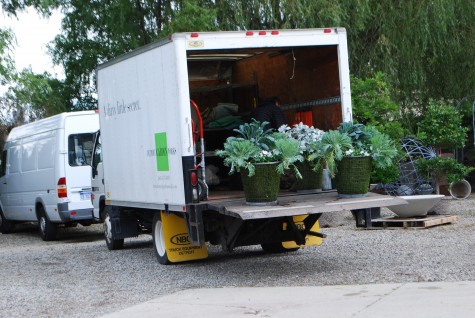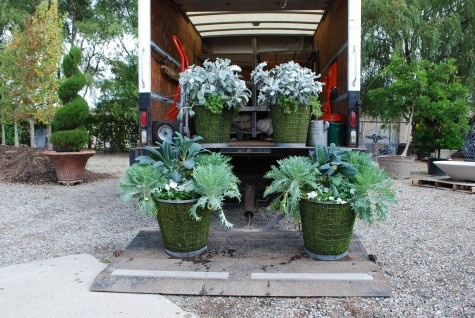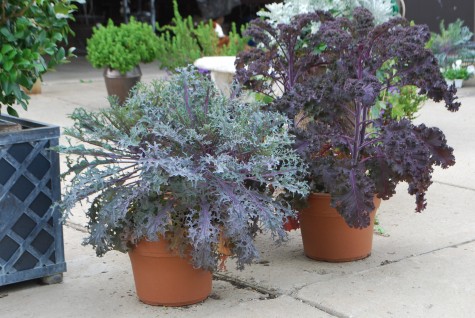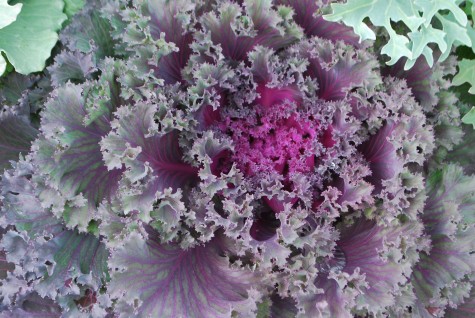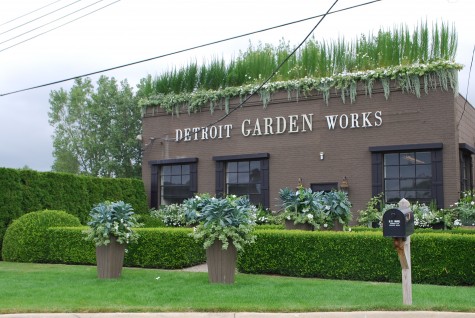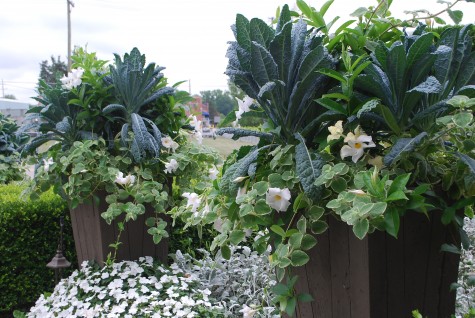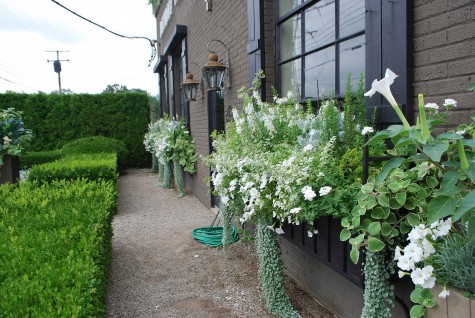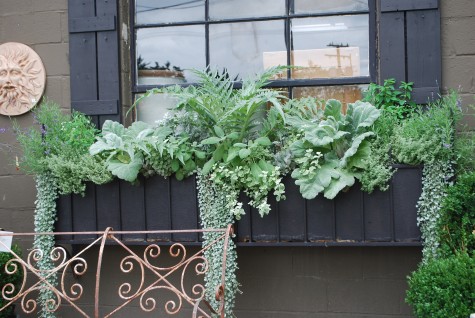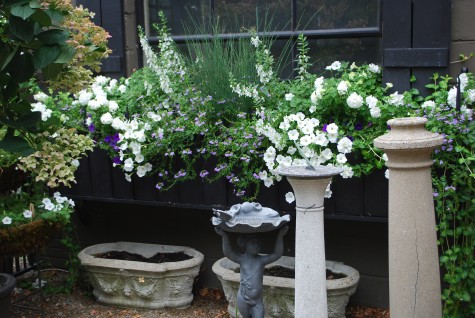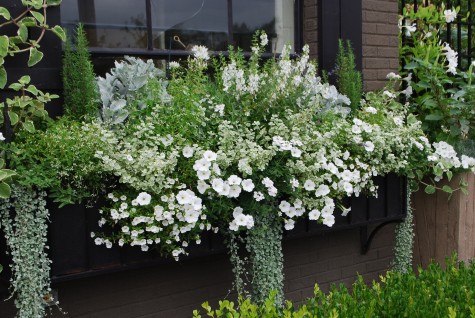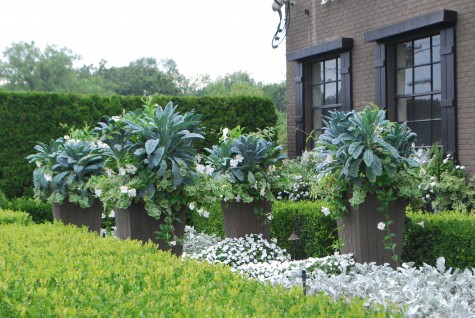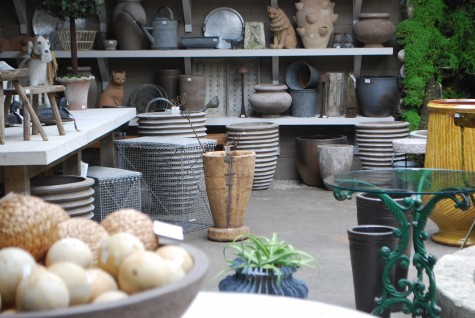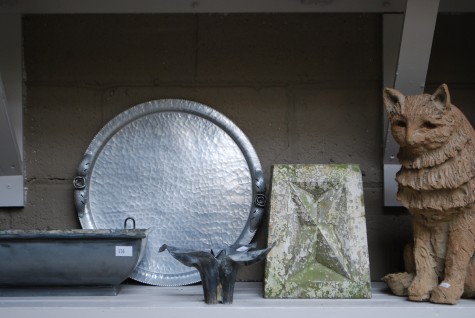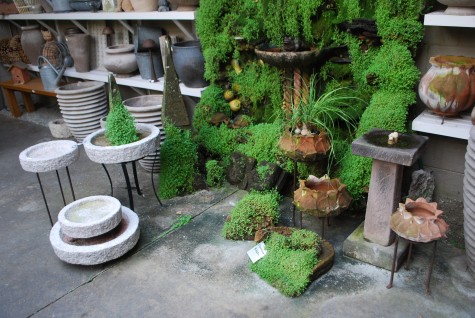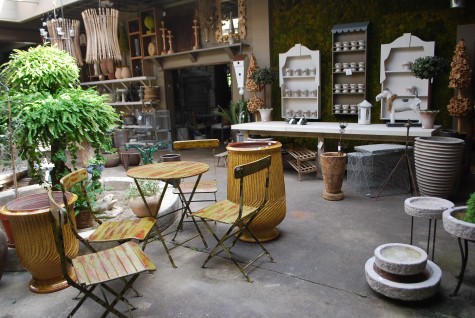 Rob’s shopping trip abroad for Detroit Garden Works is well into its second week. He has attended some antique faires, as well as visiting dealers specializing in vintage or antique garden ornament. His route from this country faire to that rural dealer has been dreamy to say the least. I have gotten scads of pictures. Many of them have a very painterly quality about them. Boxwood Hill, with its path to the top looks like a scene from a Tolkien novel-a pastoral landscape fraught with history. This photograph of surely trimmed boxwood, and a path up to the tree on top set in rough grass is heart stopping-can you imagine seeing this in person?
Rob’s shopping trip abroad for Detroit Garden Works is well into its second week. He has attended some antique faires, as well as visiting dealers specializing in vintage or antique garden ornament. His route from this country faire to that rural dealer has been dreamy to say the least. I have gotten scads of pictures. Many of them have a very painterly quality about them. Boxwood Hill, with its path to the top looks like a scene from a Tolkien novel-a pastoral landscape fraught with history. This photograph of surely trimmed boxwood, and a path up to the tree on top set in rough grass is heart stopping-can you imagine seeing this in person?
 These four terra cotta squares, made at the the Liberty Company in London at the turn of the century, look particularly beautiful displayed against the park like landscape. These rare signed and stamped pots have a quietly classical and architectural presence that suits me just fine. They have that chunky and solid English aura about them that rings true. Any genuine expression I admire.
These four terra cotta squares, made at the the Liberty Company in London at the turn of the century, look particularly beautiful displayed against the park like landscape. These rare signed and stamped pots have a quietly classical and architectural presence that suits me just fine. They have that chunky and solid English aura about them that rings true. Any genuine expression I admire.
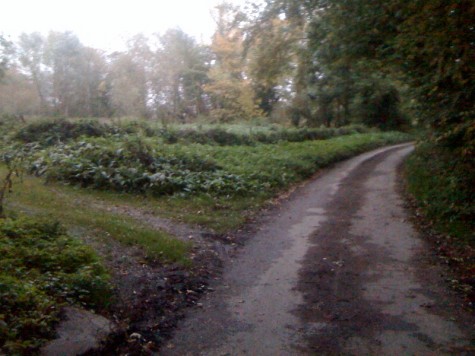 Where Rob was when he took this photograph, I have no idea. It looks to me like the junction of the road, and the road not taken- made famous by the poem by Robert Frost. I will have to ask Rob which road he eventually took, as his camera recorded that moment seconds before he made his decision. There is not a building nor a sign to be seen-striking, that. This pair of two-tracks; each one holds promise.
Where Rob was when he took this photograph, I have no idea. It looks to me like the junction of the road, and the road not taken- made famous by the poem by Robert Frost. I will have to ask Rob which road he eventually took, as his camera recorded that moment seconds before he made his decision. There is not a building nor a sign to be seen-striking, that. This pair of two-tracks; each one holds promise.
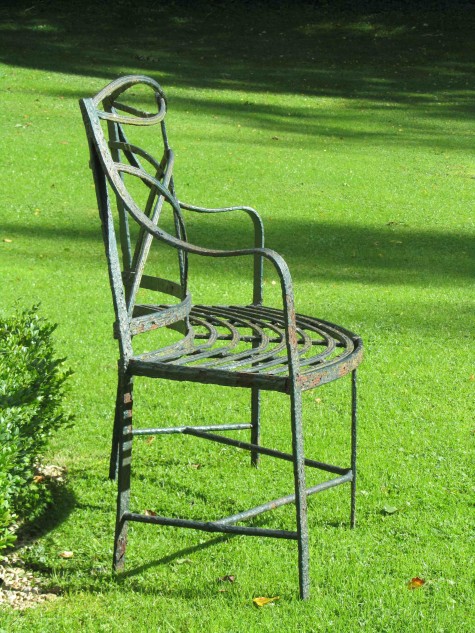
Like this antique curved iron bench or not, the combination of bench, lawn and light is beautiful.
 This country house is of a grand scale, but the attendant landscape is seems barely touched by human hands. Field grass like this-full of all sorts of plants and infrequently cut or grazed is completely unlike what I would call lawn. The grass adjacent to a wild garden I once had was overrun in the spring with every color of violet imagineable. I don’t think I knew how good it was until it was gone. A lawn overrun with violets; what could be better?
This country house is of a grand scale, but the attendant landscape is seems barely touched by human hands. Field grass like this-full of all sorts of plants and infrequently cut or grazed is completely unlike what I would call lawn. The grass adjacent to a wild garden I once had was overrun in the spring with every color of violet imagineable. I don’t think I knew how good it was until it was gone. A lawn overrun with violets; what could be better?
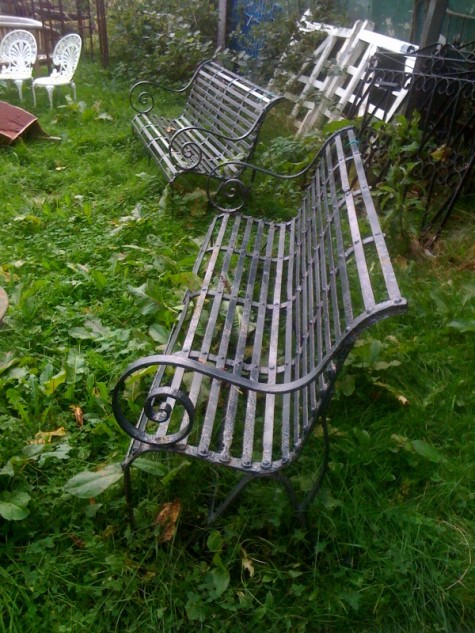 Many of the places that Rob shops have deconstructed landscapes such as this. The look is lovely, natural and soft. In charming disarray, this landscape has a life of its own, with a minimum of interference from a human hand. Though some may say this is evidence of neglect or poor housekeeping, I like how this space has been colonized. The natural landscape fringes and grows up onto the benches, gates, chairs, and ironwork-a natural, and beautiful relationship.
Many of the places that Rob shops have deconstructed landscapes such as this. The look is lovely, natural and soft. In charming disarray, this landscape has a life of its own, with a minimum of interference from a human hand. Though some may say this is evidence of neglect or poor housekeeping, I like how this space has been colonized. The natural landscape fringes and grows up onto the benches, gates, chairs, and ironwork-a natural, and beautiful relationship.
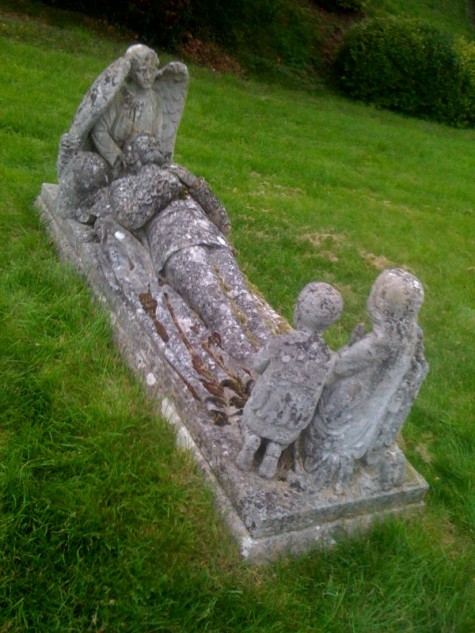
This ancient limestone sculpture in a church yard cemetery is amazing. The children seem to be praying for the immortal soul of the deceased-already firmly in the hands of an angel. The expression on the face of the angel-no doubt he takes his job seriously. Many lichens have grown up and over this old sculpture-not to mention the rough grass.
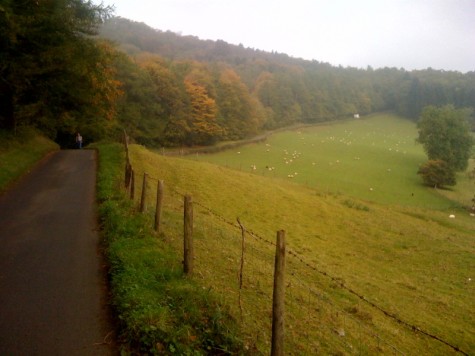
A winding and narrow country lane high on a ridge provides Rob a great view of a herd of sheep, placidly grazing. This is a landscape of a time and place unbeknownst to me. There is eveything to be learned from landscapes that have evolved from agricultural, commerce, country, and community. There are no strident notes. Nothing contrived, or trying too hard. What is hard- the work of a life. What gets done-a sign of a life well lived.
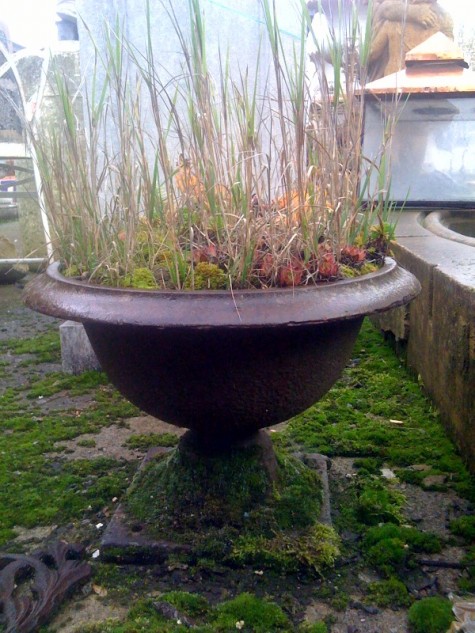 This container may have had some hens and chicks planted in it a long time ago, but what you see here is a container planting gone wild, and a moss lawn establishing itself-the handiwork of a hand far greater than mine. I cannot really explain why this photograph appeals so much to me, but I doubt I need to.
This container may have had some hens and chicks planted in it a long time ago, but what you see here is a container planting gone wild, and a moss lawn establishing itself-the handiwork of a hand far greater than mine. I cannot really explain why this photograph appeals so much to me, but I doubt I need to.
